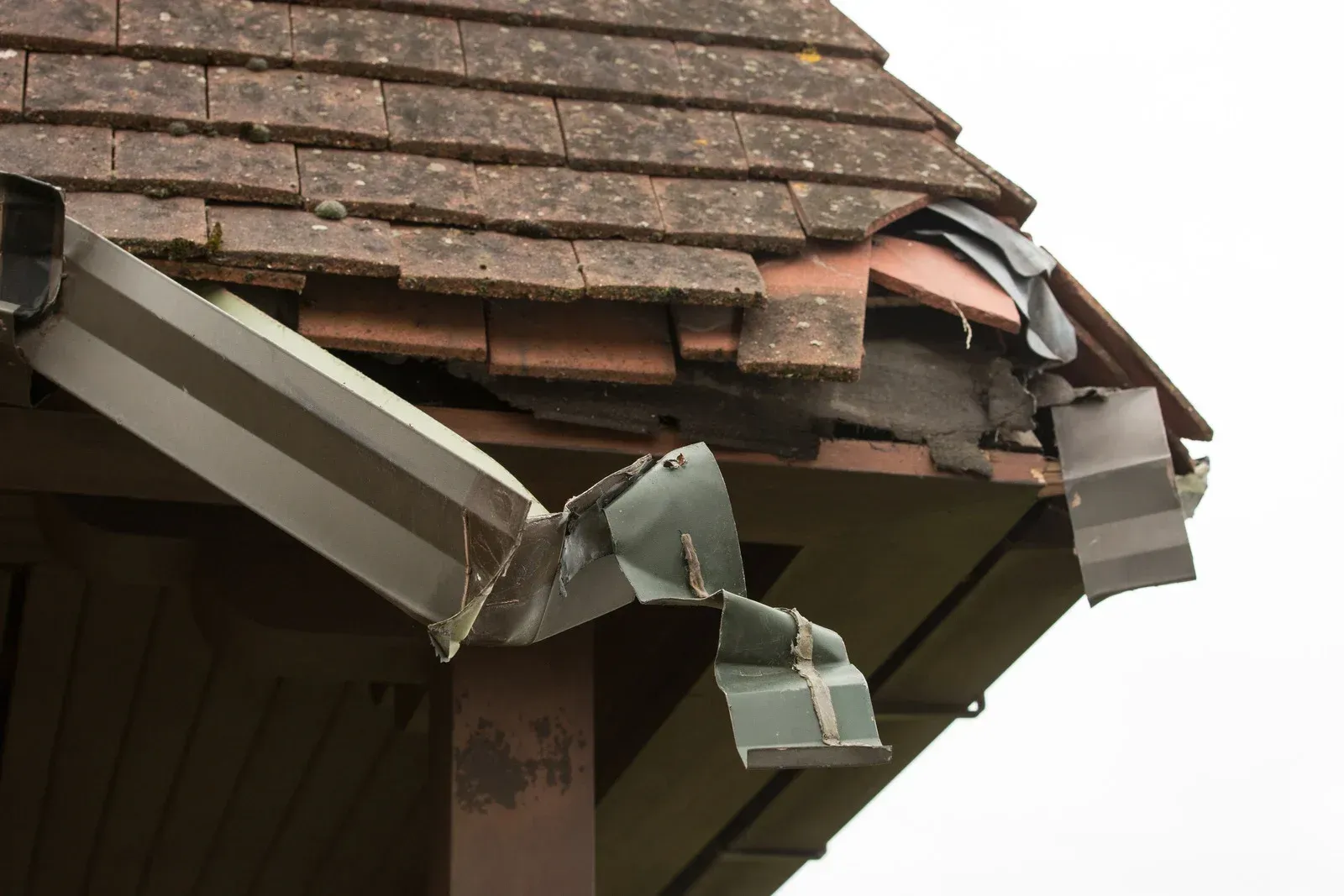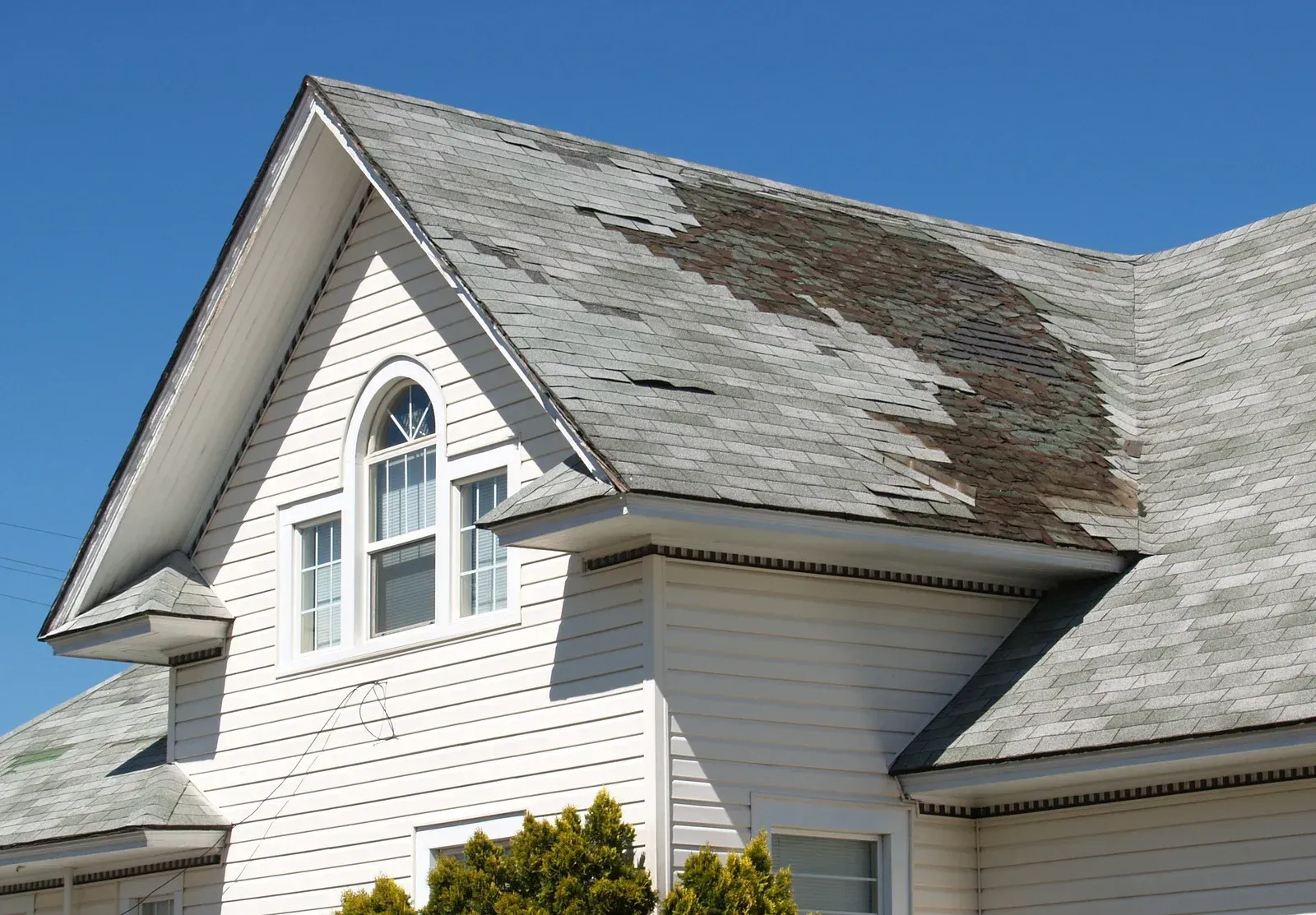CALL US TODAY · 619-564-2701
Roof Replacement vs. Roof Repair: How to Decide What’s Best After a Storm
Storms leave roofs in bad shape and cause serious damage. Homeowners must decide between repairs or a full replacement. Picking the right option saves money and protects the home.
Damage can range from minor leaks to major structural issues. Some problems need quick fixes, while others demand complete reconstruction. Roof age, material condition, and long-term costs influence the decision. Acting fast prevents further complications. Delaying necessary work leads to more expenses later.
Experts assess storm damage and suggest the best approach. Knowing the difference between small fixes and full replacements helps in making a smart choice. A well-maintained roof keeps the home secure during extreme weather. Ignoring damage may result in mold growth, weakened insulation, or interior leaks. Addressing issues quickly helps avoid unnecessary stress and financial burden.
When to Choose Roof Repair
Some storm damage affects only a small part of the roof. A few missing shingles or minor cracks can be fixed without much effort. If the overall structure remains strong, repairs provide a simple solution.
Newer roofs usually benefit from repairs instead of full replacements. Materials in good condition withstand minor fixes without reducing durability. Addressing small problems early stops them from growing into larger issues.
Leaks, if limited to a single spot, do not always indicate a major problem. Sealing the affected area keeps moisture out and protects the interior. Immediate attention to minor damage prevents costly future repairs. Water entering through damaged areas weakens wood and insulation. Early detection prevents further complications inside the home.
When Roof Replacement Becomes Necessary
Serious damage requires more than quick fixes. A roof missing large sections cannot provide proper protection. Multiple leaks in different areas suggest structural weakness. Fixing individual spots in such cases will not solve the underlying issue.
Older roofs often need complete replacement after a storm. If the structure has weakened over time, patching certain areas will not restore strength. A new installation offers stronger resistance to future weather challenges.
A sagging surface indicates a deeper problem. If the structure underneath has suffered damage, simple repairs will not be enough. Ignoring this warning sign leads to bigger risks for the entire house. Roof collapse becomes a possibility if serious issues go unattended. Choosing a replacement in time prevents unexpected failures
Budget Considerations
Upfront costs influence the decision between repair and replacement. Fixing small areas usually costs less. However, frequent repairs add up over time. Choosing a full replacement sometimes saves money in the long run.
Insurance coverage helps with expenses. Policies often cover storm-related damage. Understanding what the policy includes helps in making a cost-effective decision. Filing a claim quickly increases the chances of receiving compensation. Some policies offer better coverage for complete replacements rather than multiple repairs. Reviewing options carefully ensures maximum financial benefit.
Making the Right Choice
Assessing the damage gives clarity on the best option. Professional inspections reveal hidden problems that homeowners might not notice. Expert advice prevents costly mistakes.
Fixing the roof on time keeps the home protected. A strong structure stands up to harsh weather. Acting quickly stops minor damage from becoming a bigger problem. Investing in the right solution prevents future stress and unexpected expenses. Secure roofing increases property value and long-term durability.
Service Areas
- Santee CA
- Lakeside CA
- Poway CA
- La Jolla CA
- Del Mar CA
- Solana Beach CA
- Rancho Santa Fe CA
- Alpine CA
- Otay Mesa CA
Location
4201 Country Trails Ln, Bonita, California
91902
Business Hours
- Mon - Sat
- -
- Sunday
- Closed


